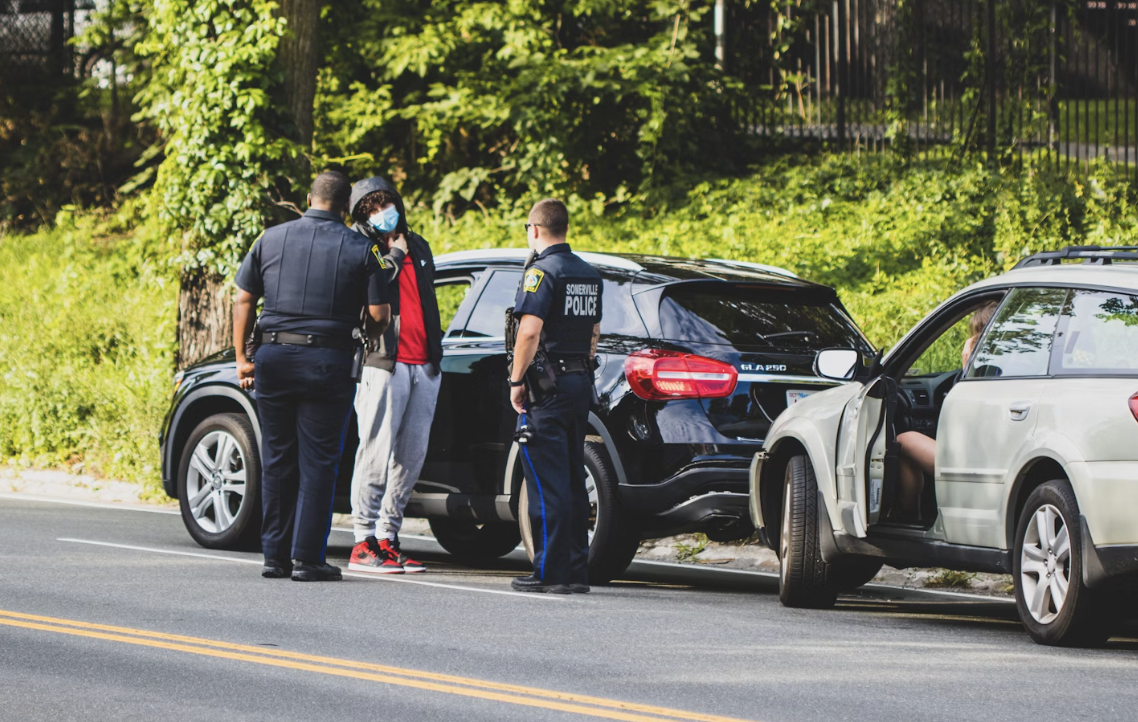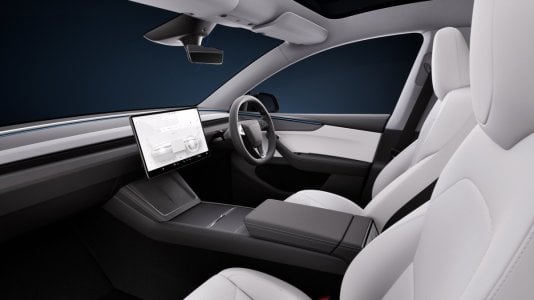
Australian road safety authorities are considering sweeping changes to speed limits on country roads that could see maximum speeds drop from 110 km/h to as low as 80 km/h for vehicles without modern safety technology.
The proposals, which follow Australia's worst road toll in over a decade, have sparked heated debate about balancing safety with practicality for rural communities.
The push for change comes as 2024 recorded approximately 1,300 road deaths nationally—the highest figure since 2012. Regional and remote areas account for a disproportionate share of these fatalities, with country roads claiming nearly two-thirds of all road deaths despite carrying far less traffic than urban areas.
Understanding the Proposed Changes
The National Road Safety Strategy is exploring a tiered speed limit system based on vehicle safety features. Under the proposals being discussed, vehicles without Electronic Stability Control (ESC) could be restricted to 80 km/h on roads currently zoned at 110 km/h. Vehicles with ESC but lacking other advanced safety features might be limited to 90 km/h.
Key Proposed Speed Limit Changes
Current limit: 110 km/h on major country roads
Proposed for vehicles without ESC: 80 km/h
Proposed for vehicles with ESC only: 90 km/h
Full speed allowed only for vehicles with comprehensive safety features
Electronic Stability Control, which became mandatory on all new vehicles sold in Australia from November 2011, uses sensors to detect when a vehicle is skidding or losing control. The system automatically applies brakes to individual wheels to help drivers maintain control, particularly in emergency situations or on wet roads.
The Safety Technology Divide
For many seniors driving older vehicles, the proposed changes could mean significant restrictions on their travel speeds. Vehicles manufactured before 2011 typically lack ESC, while many budget-friendly used cars popular with retirees may not have the full suite of safety features authorities are considering as criteria for unrestricted speeds.
'The nature of these proposals places a particular burden on seniors who may be driving well-maintained older vehicles that are perfectly roadworthy but lack modern electronic aids.'
The cost of upgrading to a newer vehicle with comprehensive safety features can be prohibitive. A basic new car with ESC and other required safety technologies typically starts at around $25,000, while vehicles with the full range of advanced driver assistance systems can cost $40,000 or more.
Impact on Rural Communities
Regional Australia faces unique challenges that make these proposed changes particularly controversial. Country residents often travel long distances for essential services, with journeys of 100 kilometres or more to reach medical appointments, shopping centres, or family members being common.
Rural Travel Realities
- Average distance to nearest hospital in remote areas: 280 km
- Time impact of 80 km/h limit on 200 km journey: Additional 30 minutes
- Percentage of vehicles over 10 years old in rural areas: 65 per cent
- Average annual kilometres driven by rural residents: 20,000 km
For seniors living in rural areas, the time impact could be substantial. A journey that currently takes two hours at 110 km/h would extend to two hours and 45 minutes at 80 km/h. For those making regular trips for medical treatment or to visit family, this represents a significant quality of life issue.
The Road Safety Debate
Road safety experts argue that speed reduction is one of the most effective ways to reduce fatalities. Research shows that even a 10 km/h reduction in average speeds can lead to a 20-30 per cent decrease in fatal crashes. The relationship between speed and crash severity is well-established—higher speeds mean less time to react and more severe impacts when crashes occur.
However, critics point out that speed is just one factor in road safety. Poor road conditions, driver fatigue, and wildlife on country roads all contribute to the regional road toll. Many argue that improving road infrastructure and driver education might be more effective than blanket speed reductions.
Example Scenario
- Case Study: Joan, 72, from regional NSW, drives a 2009 Toyota Camry to visit her specialist in Sydney every month—a 350 km round trip. Under the proposed changes, her journey time would increase by 45 minutes each way, adding 1.5 hours to an already tiring day.
- Alternative scenario: Robert, 68, recently purchased a 2018 Mazda CX-5 with full safety features. He would be unaffected by the speed restrictions but paid $35,000 for the upgrade from his previous vehicle.
Community Consultation Process
Authorities have promised extensive community consultation before implementing any changes. Public forums are being scheduled across regional areas throughout 2025, with particular focus on gathering input from affected communities.
How to Have Your Say
Attend local community forums (check council websites for dates)
Submit written feedback to your state road authority
Contact your local MP to express concerns
Join online consultation sessions for those unable to attend in person
Seniors' advocacy groups are encouraging older Australians to participate actively in the consultation process. Key concerns to raise include the financial burden of vehicle upgrades, the time impact on essential travel, and the need for exemptions for medical appointments.
Alternative Solutions Being Discussed
Rather than blanket speed restrictions based on vehicle age, several alternative approaches are being considered:
- Time-based restrictions: Lower speed limits during high-risk periods such as dawn and dusk when wildlife is most active
- Weather-dependent limits: Reduced speeds only during wet conditions when ESC provides the greatest benefit
- Road-specific assessments: Tailoring speed limits to actual road conditions rather than vehicle specifications
- Driver education programs: Mandatory refresher courses for older vehicles rather than speed restrictions
- Infrastructure improvements: Better road surfaces, clearer marking, and wildlife barriers
Financial Assistance and Support
Recognising the potential financial burden, some states are exploring assistance programs for seniors who might need to upgrade their vehicles. These could include:
Did you know?
Did you know?
Some states already offer vehicle purchase assistance schemes for seniors and low-income earners. The NSW Government's interest-free loan scheme helps eligible residents purchase safer, more efficient vehicles with loans up to $30,000.
Proposed support measures include subsidised vehicle safety assessments, trade-in bonuses for older vehicles, and low-interest loans for purchasing ESC-equipped cars. However, funding for such programs remains uncertain and would likely vary by state.
What This Means for You
For seniors currently driving older vehicles, it's important to start planning for potential changes. This doesn't necessarily mean rushing out to buy a new car, but rather:
- Having your current vehicle assessed for safety features
- Researching the used car market for ESC-equipped vehicles within your budget
- Considering whether car-sharing or community transport might meet some travel needs
- Staying informed about the consultation process and having your say
- Exploring whether any exemptions might apply to your circumstances
The Broader Context
These proposals reflect a global trend toward using technology to improve road safety. Several European countries have already implemented similar schemes, with mixed results. Sweden's Vision Zero approach, which includes speed management based on road and vehicle safety, has significantly reduced road deaths but required substantial infrastructure investment.
'We need to find a balance between safety and maintaining the independence and quality of life for rural Australians, particularly our seniors who rely on their vehicles for essential travel.'
Looking Ahead
The timeline for any changes remains uncertain, with implementation unlikely before 2026 at the earliest. This provides time for comprehensive consultation and potentially the development of more nuanced approaches that consider the unique needs of different road users.
Important Dates
- Community consultation period: Throughout 2025
- Draft proposals expected: Mid-2025
- Final decision anticipated: Late 2025
- Earliest implementation: 2026
[/scope>
What This Means For You
The proposed speed limit changes represent a significant shift in Australian road safety policy that could profoundly impact seniors, particularly those in rural areas. While the goal of reducing road deaths is commendable, the implementation must consider the practical realities faced by older Australians who depend on their vehicles for independence and access to essential services.
The coming months of consultation provide a crucial opportunity for seniors to make their voices heard. Whether you support the safety benefits or have concerns about the practical impacts, participating in the consultation process is essential to ensuring any final policy reflects the needs of all road users.
Stay informed about this developing issue by subscribing to the Seniors Discount Club newsletter, where we'll provide updates on consultation dates and policy developments. Your safety and independence matter—make sure decision-makers hear your perspective on these proposed changes.









